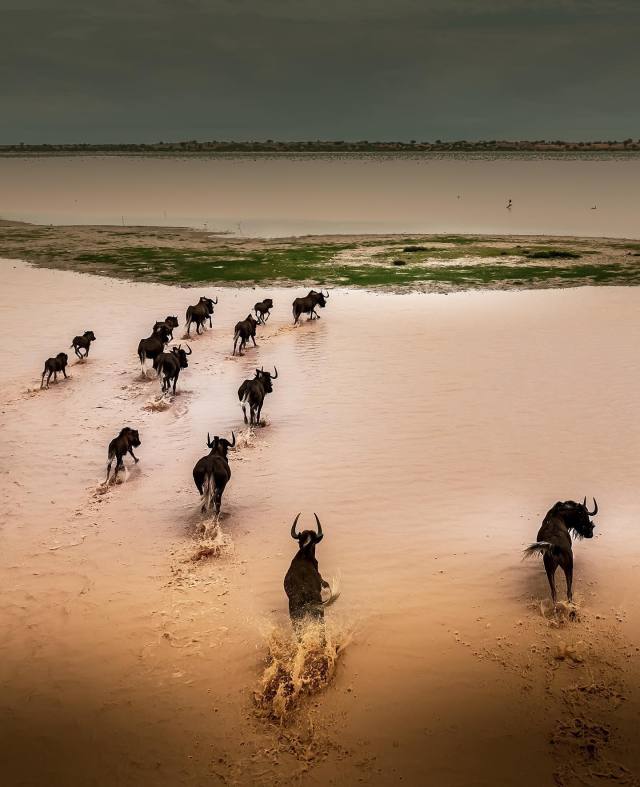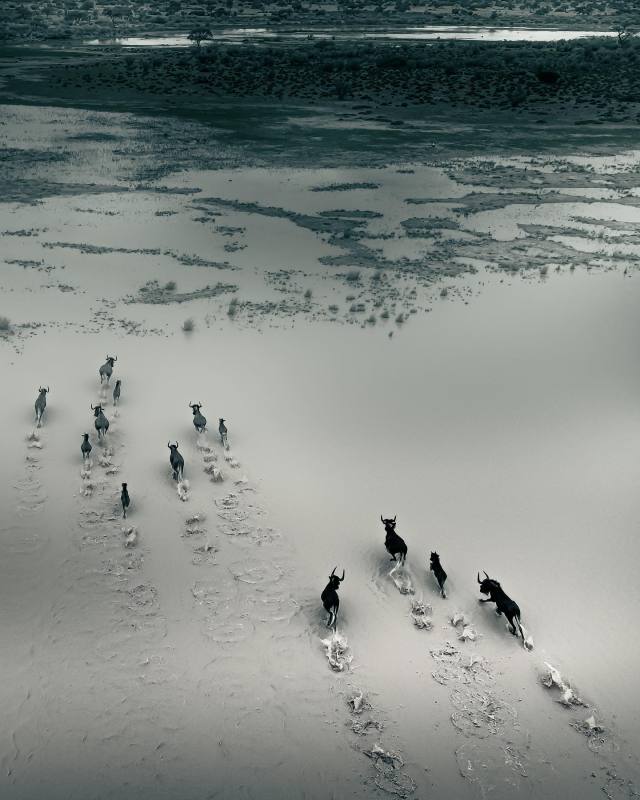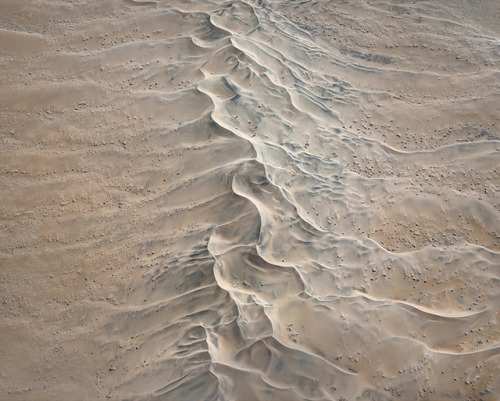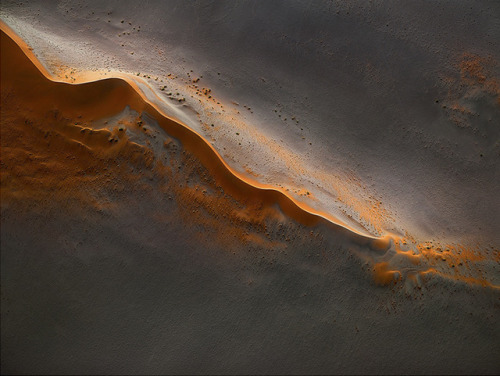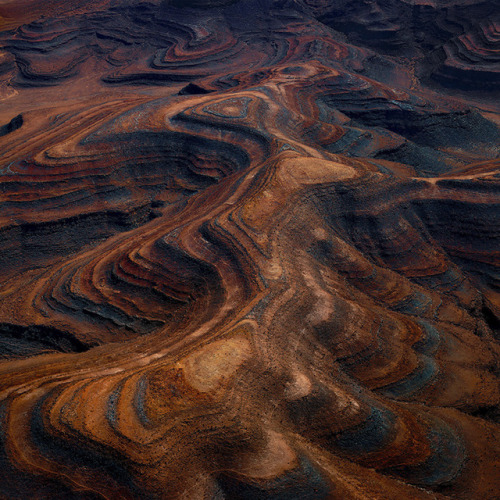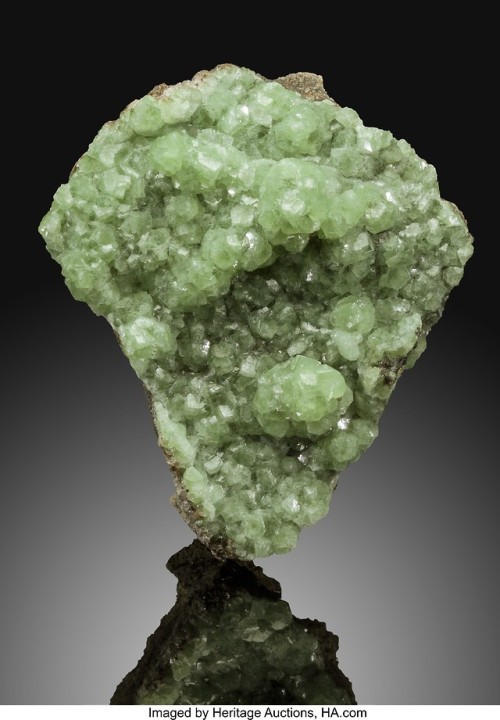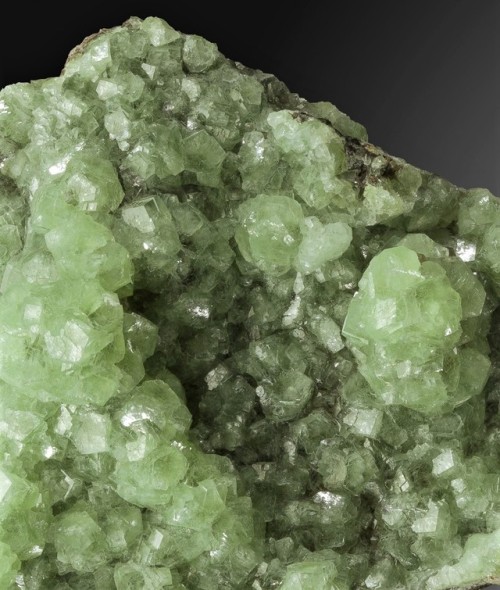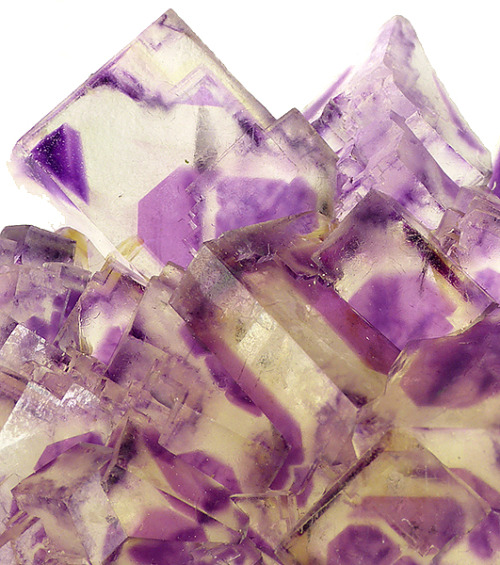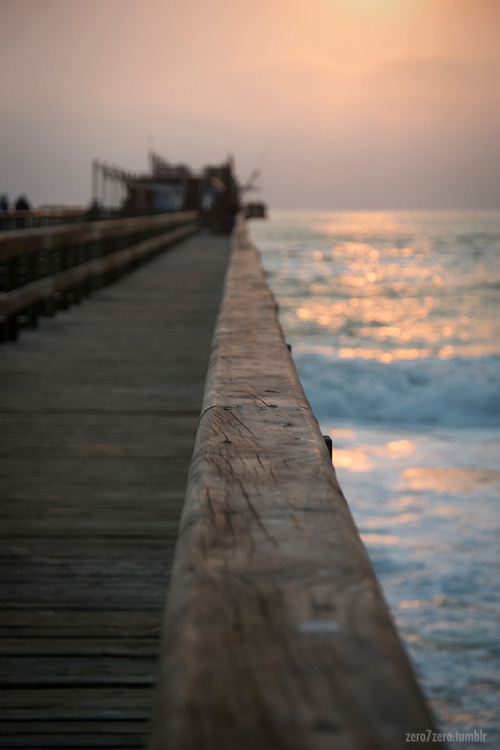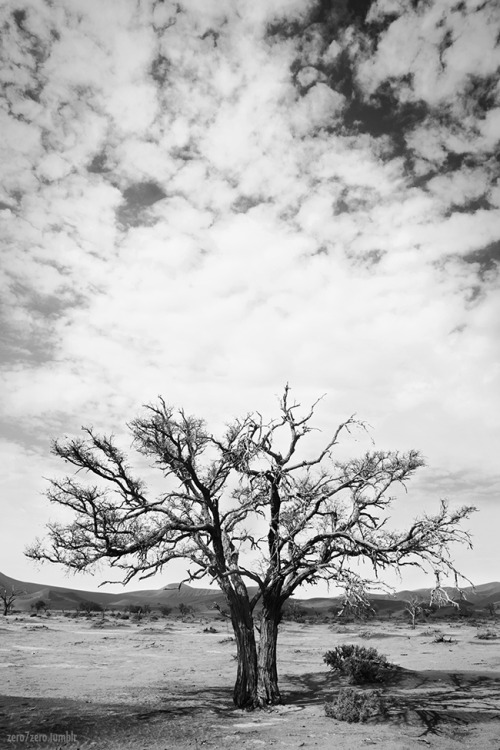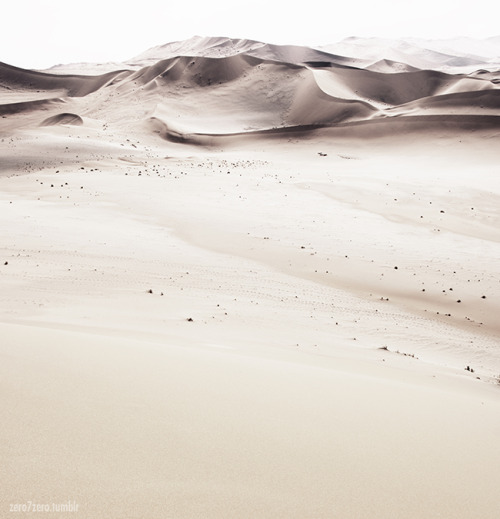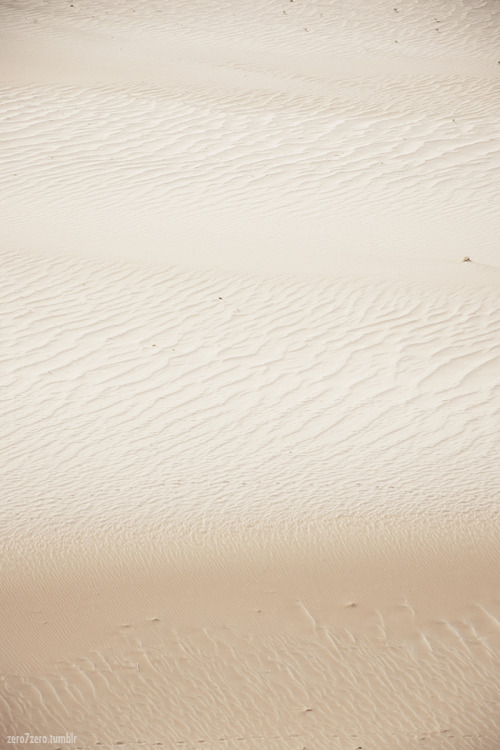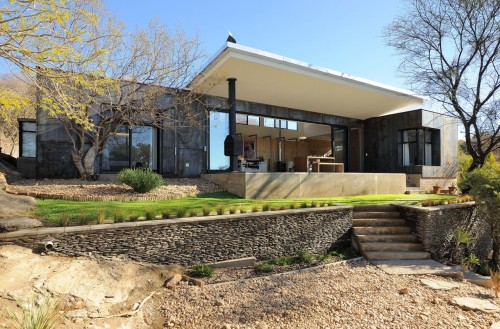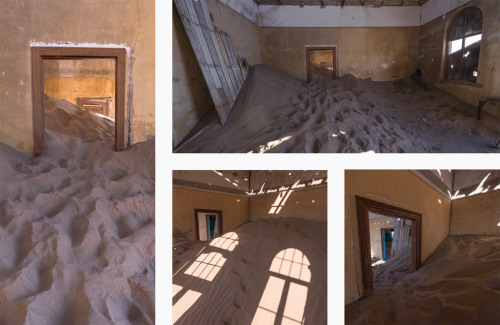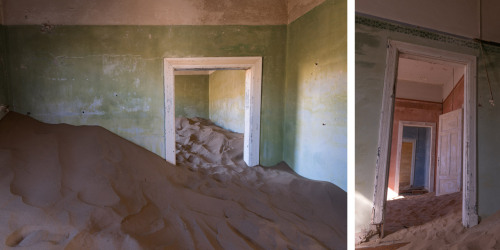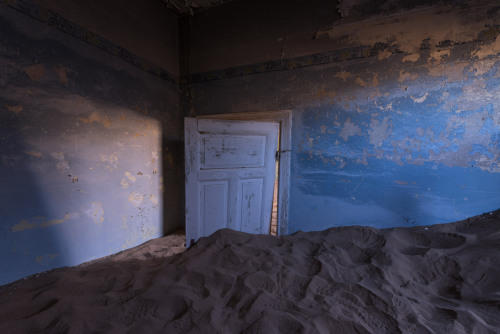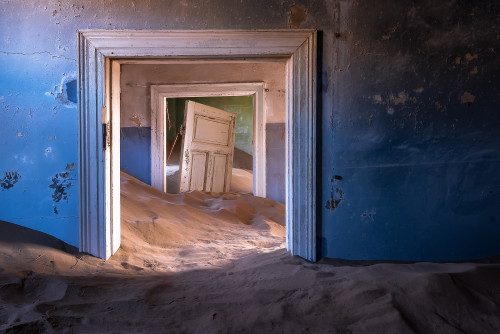#namibia
This black rhino was photographed after a mud roll in Etosha’s salt pans.
Photo: Maroeska Lavigne
Post link
Pavilion Estate - Windhoek, Namibia
Newly constructed modern estate in the suburb of Windhoek, Namibia.
Post link
In 1908, a diamond was found in Southern Namibia, then under German rule. Miners soon settled the area and created a mining town called Kolmannskuppe, meaning Coleman’s Hill, named after a driver named Johnny Coleman who abandoned his ox cart nearby during a sand storm.
Due to the extreme wealth generated by this first mine, the locals built an extravagant town here, based on traditional German architecture of the time.
The town included a hospital, ballroom, power station, school, bowling alley, theatre, casino and an ice factory. It also was a town of firsts. Not only did it have the first X-ray station in the Southern Hemisphere, but also the first tram in Africa.
After World War I, the town started to decline and the diamond-field exhausted. Finally, in 1954, the town was abandoned.
The powerful forces of the desert could then take over. With a combination of the wind and sand, the Namib desert reclaimed this area.
Originally published on StorehousebyConor MacNeill.
Post link


